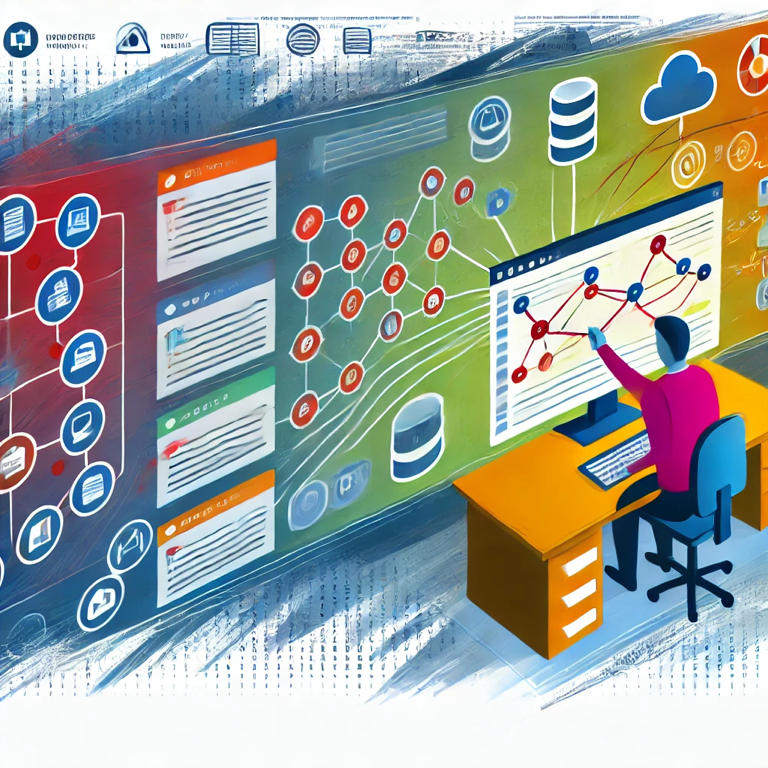Breaking Free from the Microsoft 365 Mold: A Journey of Discovery and Reinvention
Seven years ago, I set out on a mission to demystify Microsoft 365, which was known as Office 365 at the time. Like many IT professionals, I saw the immense potential in this platform but struggled to explain how all the pieces fit together. The complexity of the ecosystem was daunting, and despite my best efforts, I found it nearly impossible to convey a clear, cohesive picture to others.
In my search for clarity, I stumbled upon the work of Matt Wade, a talented individual from the United States who had created a graphic that resonated with me deeply: the Periodic Table of Office 365. This ingenious visual representation neatly organized the myriad components of Office 365 into a format that was both understandable and practical. Inspired by this, I spent years learning how to make such a concept interactive, eventually developing and releasing a web application that incorporated it. We even sold about 20 licenses, but ultimately, we decided to retract it.
The Harsh Truth About Microsoft 365
Through this journey, however, I learned an uncomfortable truth: it’s not possible to explain how everything in Microsoft 365 fits together—because, quite frankly, it doesn’t. It’s reminiscent of Hans Christian Andersen’s tale of the emperor with no clothes. The deeper I delved into Microsoft 365, the more I realized that many of the components don’t integrate seamlessly, despite what’s often advertised.
While Microsoft 365 offers a wealth of tools, the reality is that only a few core elements are truly indispensable. Exchange Online, SharePoint Online, and Azure Active Directory—whatever it’s called nowadays—are the foundational pillars. These are the services that form the bedrock of any robust Microsoft 365 deployment. On top of that, having an instant messaging system like Teams—with its roots in services like Lync and Skype—certainly adds value, offering persistent chat capabilities that extend the functionality of Exchange.
But beyond these essentials, the rest of Microsoft 365 can feel like a collection of disjointed features, many of which can be more trouble than they’re worth. Power Apps? Power Automate? Dataverse? Over time, I’ve come to realize that these tools, while powerful in their own right, aren’t always necessary—or even practical�—for every scenario.

